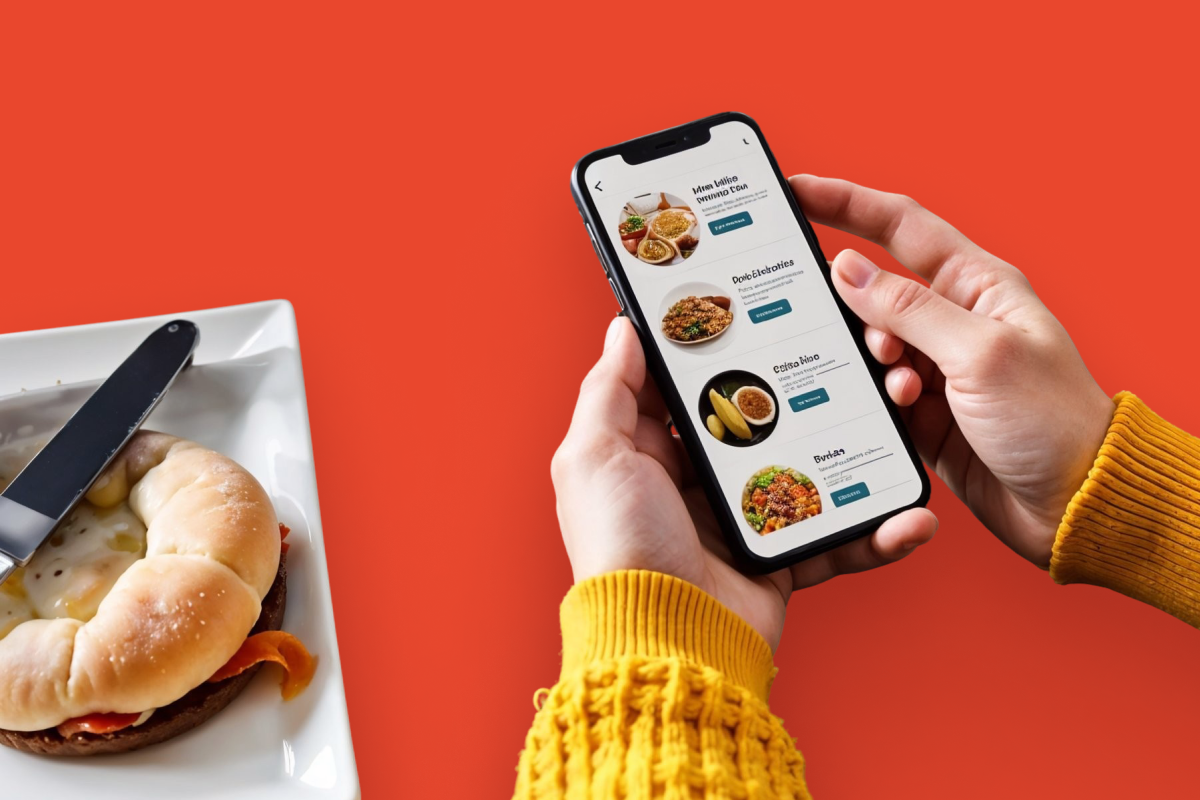All Technologies Used
Motivation
The customer needed to eliminate the constant operational chaos caused by misheard orders, inefficient task delegation, and the lack of a structured workflow. Staff often forgot tasks, misinterpreted verbal instructions during busy hours, and struggled to coordinate responsibilities in a fast-paced environment. The client sought a hands-free, accurate, and reliable solution that would streamline communication, automate routine actions, and reduce dependency on manual task tracking, ultimately improving service speed and consistency.
Main Challenges
The system required proficiency in English, Spanish, and French. Mechanisms for recognizing and processing diverse language-based requests were designed to cater to multilingual customers.
Customers and employees needed the freedom to issue voice commands naturally without adhering to strict formats. The system was trained to identify and interpret informal commands accurately.
The customer requested a solution deployable on low-power devices such as laptops. Optimizing the machine learning model for resource efficiency was critical to ensure local deployment feasibility.
Our Approach
Want a similar solution?
Just tell us about your project and we'll get back to you with a free consultation.
Schedule a callSolution
Multilingual Voice Recognition
- Language detection and automatic switching
- Real-time multilingual transcription
- Command recognition accuracy across all supported languages
Natural Voice Interaction
- Recognition of informal commands
- Contextual understanding of speech
- Real-time task creation from spoken commands
Optimized Low-Resource Deployment
- Efficient Whisper-based ML model
- Lightweight deployment using whisper.cpp
- Reduced memory and CPU usage
Task Automation and Monitoring
- Automatic task assignment to staff
- Timers and reminders for task completion
- Dashboard monitoring of all tasks and statuses
Business Value
Streamlined Restaurant Operations: Reduced manual task management and improved workflow efficiency.
Enhanced Customer-Staff Interaction: Enabled natural voice commands for a smoother dining experience.
Accessible Deployment: Optimized for low-resource devices, allowing wider adoption without infrastructure upgrades.
Validated POC: Demonstrated system readiness and performance for full-scale implementation.









